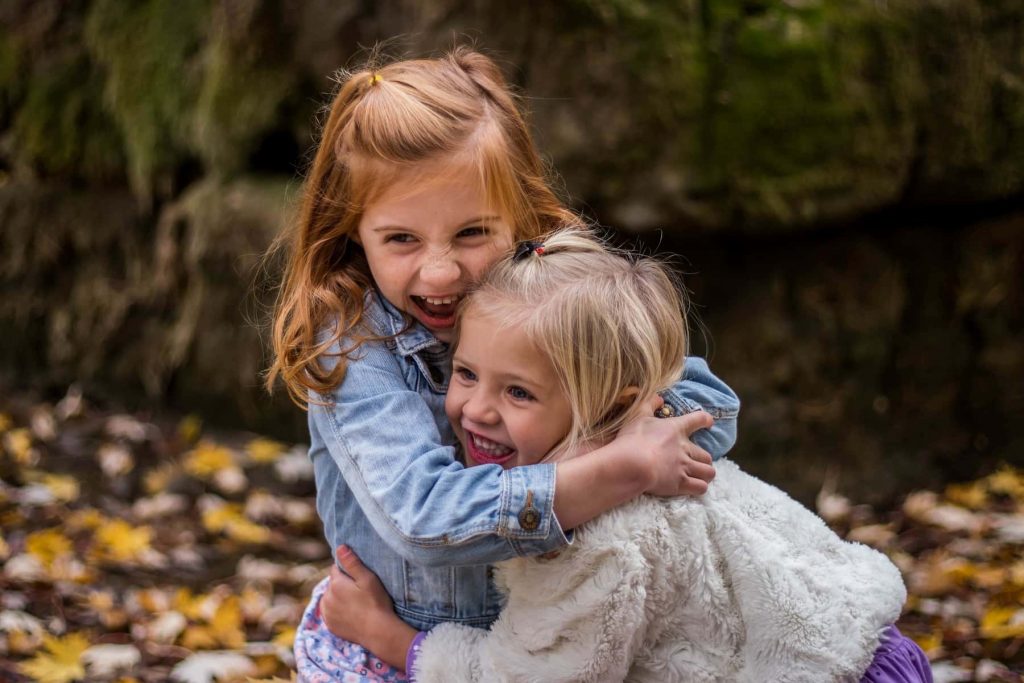How grapefruits reminded me of the power of storytelling

How Grapefruits Reminded me of the Power of Storytelling According to Speech and Hearing BC, 29% of children arrive at kindergarten struggling to be able to tell a story. Did you know that telling your children stories helps them develop their storytelling skills? Storytelling uses language to connect your child to people, events, concepts and humour. Stories teach sequencing, improve […]
Understanding Social Language Skills

Understanding Social Language Skills Social language skills, also known as pragmatic language skills, refer to the unspoken verbal and nonverbal rules governing our interactions. These rules vary according to whom you are speaking with, where you are, and typically vary across different cultures. Someone with good social language skills will respond appropriately and flexibly to […]
